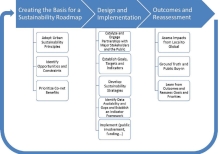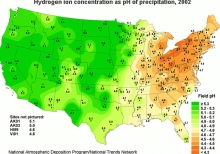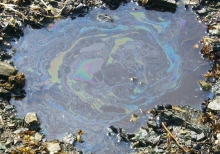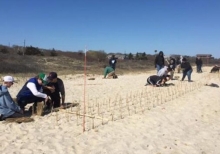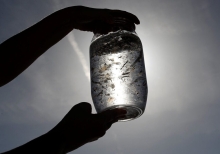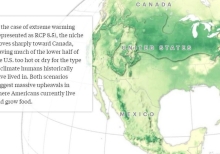Pathways To Urban Sustainability: Challenges And Opportunities For The United States
Cities have experienced an unprecedented rate of growth in the last decade. More than half the world's population lives in urban areas, with the U.S. percentage at 80 percent. Cities have captured more than 80 percent of the globe's economic activity and offered social mobility and economic prosperity to millions by clustering creative, innovative, and educated individuals and organizations. Clustering populations, however, can compound both positive and negative conditions, with many modern urban areas experiencing growing inequality, debility, and environmental degradation.
